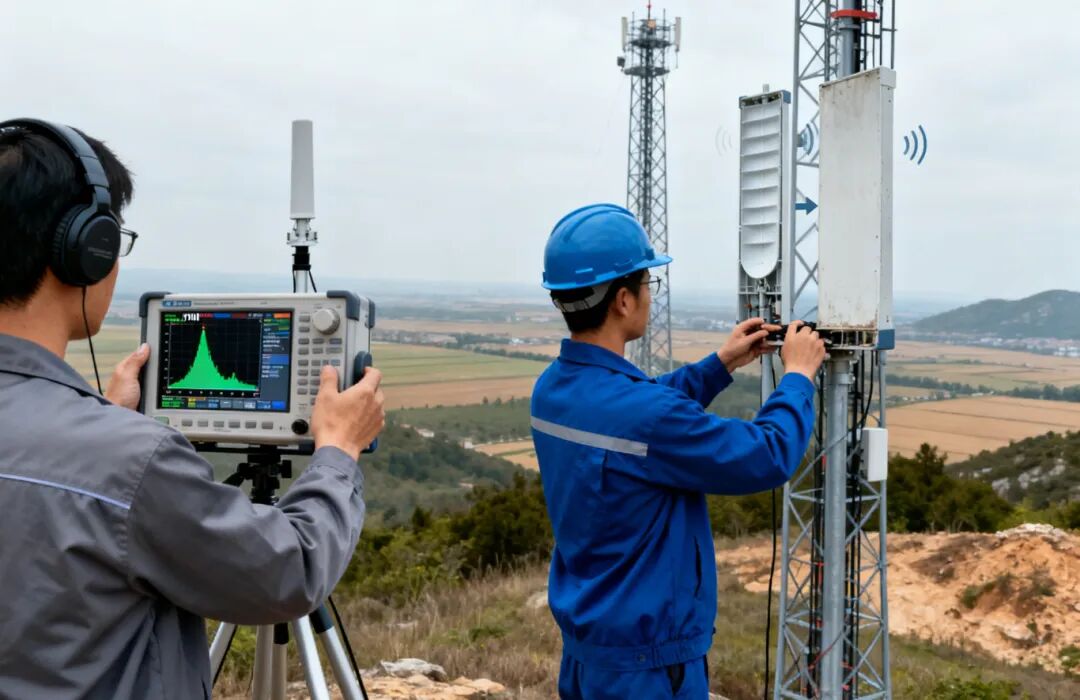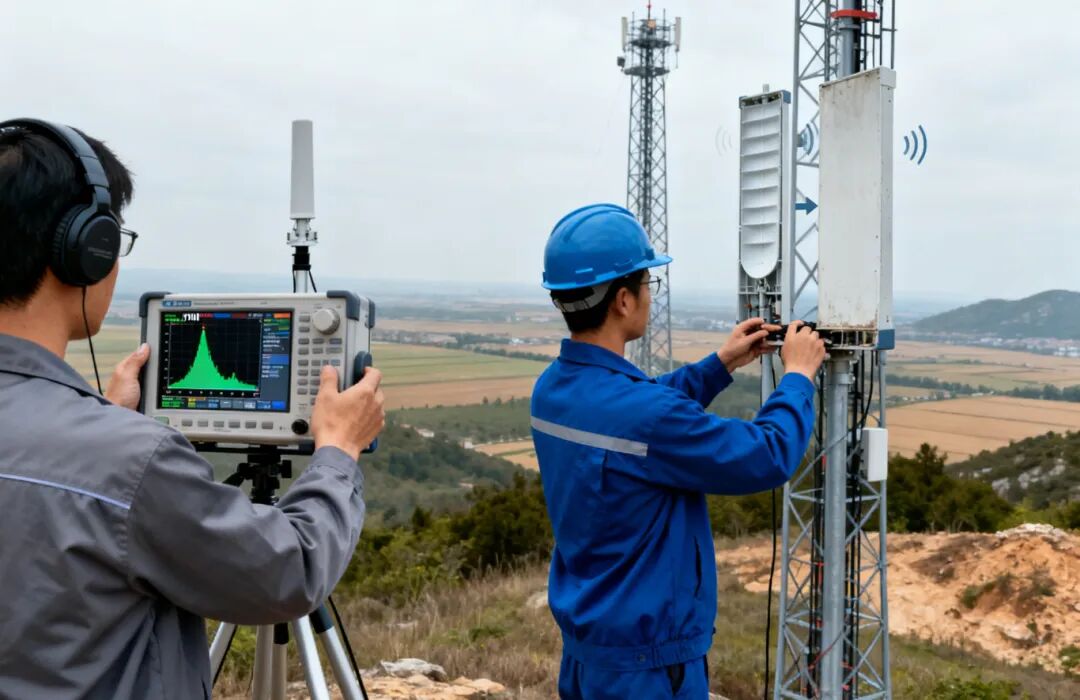-
 Difference Between UHF and VHF Antenna: Choosing the Right Frequency for Your Application
May , 28 2025
Difference Between UHF and VHF Antenna: Choosing the Right Frequency for Your Application
May , 28 2025
What Is a VHF Antenna? VHF antennas operate within the Very High Frequency range of 30 MHz to 300 MHz. These antennas are commonly used in: FM radio broadcasting (88–108 MHz) Marine radio communication (156–174 MHz) Aviation communication systems Emergency and amateur radio operations Due to their longer wavelengths, VHF antennas perform well in open and rural environments where line-of-sight cove...
View more
-
 What Is the Input Impedance of a Log Periodic Antenna?
Jul , 12 2025
What Is the Input Impedance of a Log Periodic Antenna?
Jul , 12 2025
Log periodic antennas are widely used in RF communication due to their broadband capabilities. One critical aspect of their performance is input impedance, which determines how efficiently the antenna transfers power from the transmission line. Understanding this parameter is essential for engineers and hobbyists working with these antennas. Why Input Impedance Matters The input impedance o...
View more
-
 What Does a Mismatched Coupled Port Actually Affect in a Directional Coupler?
Jul , 23 2025
What Does a Mismatched Coupled Port Actually Affect in a Directional Coupler?
Jul , 23 2025
Directional couplers are widely used in RF systems for signal sampling, power monitoring, VSWR detection, and PIM testing. While these components are passive by nature, their performance is highly dependent on how each port is terminated—especially the coupled port. In real-world applications, improper termination of the coupled port—either by leaving it open, using poorly matched devices, or low-...
View more
-
 Mastering Power Splitter Design: From Principle to Engineering Practice
Oct , 11 2025
Mastering Power Splitter Design: From Principle to Engineering Practice
Oct , 11 2025
In RF and microwave systems, the power splitter is a core passive component responsible for dividing an input signal into multiple outputs with minimal loss and perfect impedance balance. From cellular base stations to satellite networks and RF test systems, the power splitter ensures signal integrity across transmission paths. 1. Basic Principle of Power Splitters A power splitter divides an inpu...
View more
-
 Directional Couplers in Public Safety and DAS Networks
Nov , 06 2025
Directional Couplers in Public Safety and DAS Networks
Nov , 06 2025
1.The Invisible Cornerstone of Reliable Communications Directional couplers may be unassuming, yet they silently determine the efficiency of RF signal transmission across networks. From public safety systems to indoor DAS coverage, they distribute power, control signal direction, and shield equipment from mismatched loads. They serve as the “silent stabilizers” of every robust RF system. 2.Underst...
View more
-
 Can't understand high gain rf antenna parameters? How to avoid being misled by suppliers?
Nov , 22 2025
Can't understand high gain rf antenna parameters? How to avoid being misled by suppliers?
Nov , 22 2025
In the telecommunications industry, antennas are a type of product that "look similar but vary greatly in performance." Specification tables often fill an entire page, but people from different industry backgrounds interpret these indicators completely differently. Many engineers and purchasing personnel often encounter a dilemma: suppliers explain things convincingly, but on-site testing reveals ...
View more
-
 Can't understand high gain rf antenna parameters? How to avoid being misled by suppliers?
Nov , 22 2025
Can't understand high gain rf antenna parameters? How to avoid being misled by suppliers?
Nov , 22 2025
In the telecommunications industry, antennas are a type of product that "look similar but vary greatly in performance." Specification tables often fill an entire page, but people from different industry backgrounds interpret these indicators completely differently. Many engineers and purchasing personnel often encounter a dilemma: suppliers explain things convincingly, but on-site testing reveals ...
View more
-
 Can't understand high gain rf antenna parameters? How to avoid being misled by suppliers?
Nov , 22 2025
Can't understand high gain rf antenna parameters? How to avoid being misled by suppliers?
Nov , 22 2025
In the telecommunications industry, antennas are a type of product that "look similar but vary greatly in performance." Specification tables often fill an entire page, but people from different industry backgrounds interpret these indicators completely differently. Many engineers and purchasing personnel often encounter a dilemma: suppliers explain things convincingly, but on-site testing reveals ...
View more
 Can't understand high gain rf antenna parameters? How to avoid being misled by suppliers?
Nov , 22 2025
Can't understand high gain rf antenna parameters? How to avoid being misled by suppliers?
Nov , 22 2025
 Can't understand high gain rf antenna parameters? How to avoid being misled by suppliers?
Nov , 22 2025
Can't understand high gain rf antenna parameters? How to avoid being misled by suppliers?
Nov , 22 2025